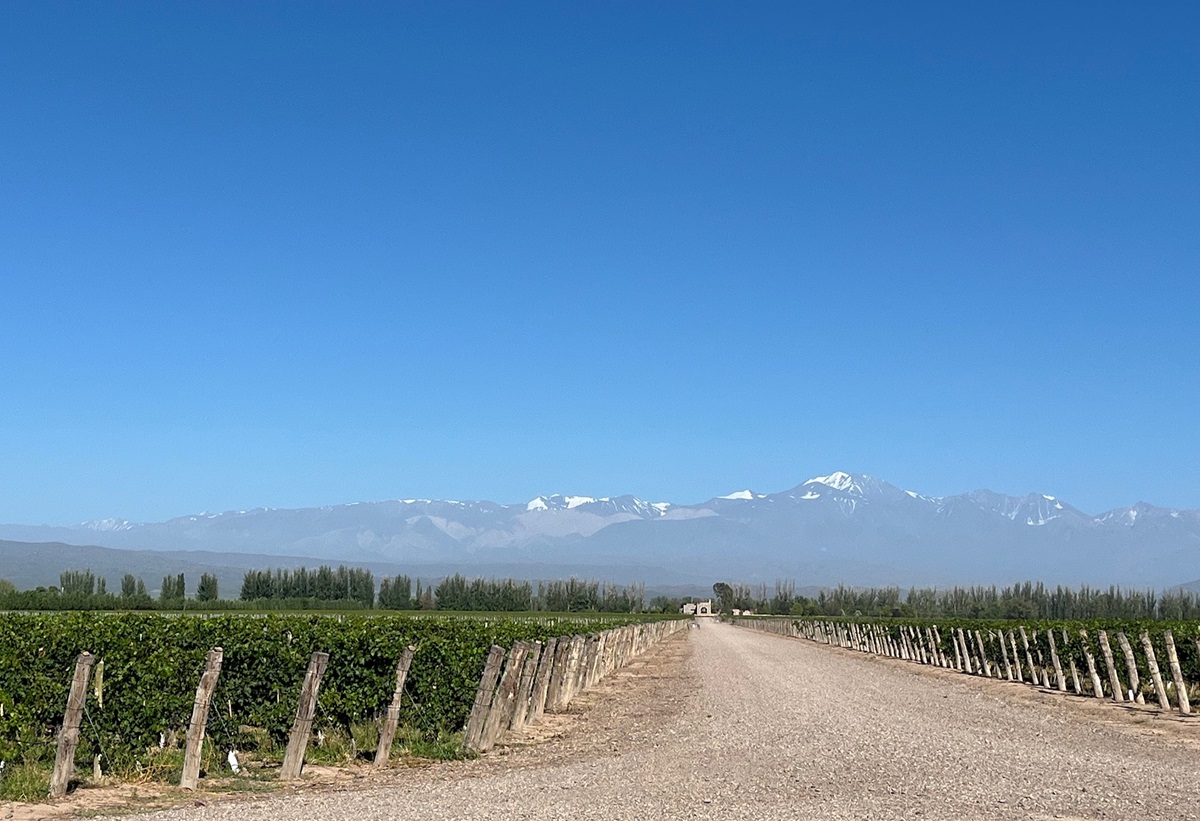PINOT NOIR FROM THE RING OF FIRE
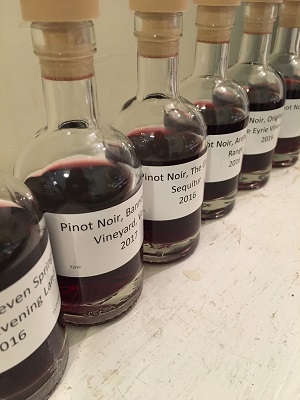
By Rose Murray Brown MW Published in The Scotsman 4 July 2020
Outside Burgundy, the two main high-quality hot spots for Pinot Noir are New Zealand and Oregon.
To celebrate this, New Zealand Winegrowers and Oregon Wine Board recently staged ‘Wine From the Edge,’ a virtual Pinot Noir taste-off with a deep-dive into the regions to highlight their similar latitudes in southern and northern hemispheres, their young small-scale sustainable industries and complex wines.
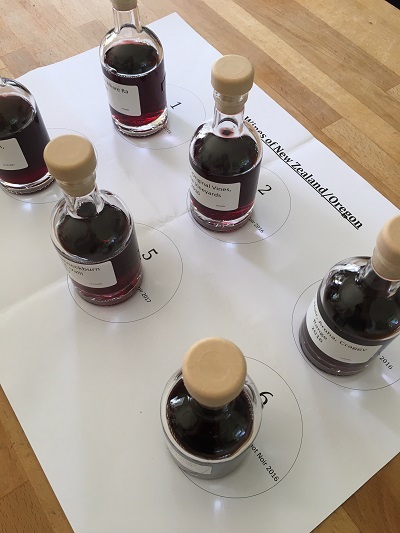 Batting for the New Zealand team was Master Sommelier Ronan Sayburn of 67 Pall Mall, who picked Pinot Noirs from the three leading Kiwi regions: Marlborough, Martinborough and Central Otago.
Batting for the New Zealand team was Master Sommelier Ronan Sayburn of 67 Pall Mall, who picked Pinot Noirs from the three leading Kiwi regions: Marlborough, Martinborough and Central Otago.
From Oregon, fellow Master of Wine Bree Stock chose Oregon Pinots from three key subzones of the Willamette Valley: Dundee Hills, Ribbon Ridge and Eola Amity Hills.
“What I find amazing in both places is that production is so tiny”, began Sayburn, “yet they are on many winelists – a tribute to their wine quality”.
Pinot Noir plantings in Oregon at 8,340 hectares are 57% of the vineyard total, whilst New Zealand, so dwarfed by Sauvignon Blanc, has 5,642 hectares of Pinot – a mere 8% of the country’s total.
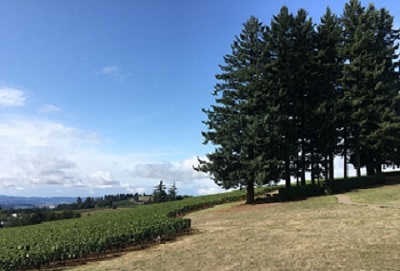 Latitudes are very similar. “At 45th parallel, both are right on the edge of ripening, especially essential for quality Pinot Noir”, said Stock. “To have phenolic and sugar ripeness coming in right at the end of the season with the help of additional daylight hours, it is nail-biting for winemakers, but ultimately results in detailed finely structured wines”.
Latitudes are very similar. “At 45th parallel, both are right on the edge of ripening, especially essential for quality Pinot Noir”, said Stock. “To have phenolic and sugar ripeness coming in right at the end of the season with the help of additional daylight hours, it is nail-biting for winemakers, but ultimately results in detailed finely structured wines”.
Mountains and volcanic soils are an important factor. “They are both on the Ring of Fire”, explained Sayburn. “This circular ring of active volcanoes and earthquakes results in unique soils shaping terroir with lots of mountain ranges”. New Zealand’s climate is admittedly more maritime, but South Island is particularly well-sheltered by the Southern Alps, whilst Oregon’s Willamette Valley is neatly sandwiched between the Coastal Ranges offering shelter and the easterly Cascade Range with its volcanic soils.
“In Oregon we don’t get the heat of the day at noon, but later at 3-4pm – then cool Alaskan air starts to draw in through the Van Duzer Corridor south of Willamette Valley bringing sharp diurnal shifts”, says Stock. This dramatic drop in night temperature ultimately gives Oregon’s Pinot Noirs a touch more freshness than found in many Kiwi Pinot Noir regions.
However – both New Zealand and Oregon generally have high UV light with a combination of high alcohol, ripe fruit and moderate acidity in their wines.
With so many similarities, I wondered if I was going to be able to tell their New Zealand and Oregon Pinot Noirs apart, but I did find subtle differences in taste.
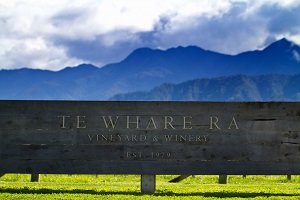 From Marlborough, Anna and Jason Flowerday’s Te Whare Ra Pinot Noir 2016 had bright raspberry fruit flavours, fresh and drinkable in style with a ‘Cote de Beaune’ softness. Marlborough has been criticised for planting too much Pinot Noir on flat lands, but now winemakers realise that clay-based higher elevated soils work better for this grape – but vines are still young.
From Marlborough, Anna and Jason Flowerday’s Te Whare Ra Pinot Noir 2016 had bright raspberry fruit flavours, fresh and drinkable in style with a ‘Cote de Beaune’ softness. Marlborough has been criticised for planting too much Pinot Noir on flat lands, but now winemakers realise that clay-based higher elevated soils work better for this grape – but vines are still young.
Sayburn’s choice of Craggy Range Aroha Pinot Noir 2016 from Martinborough region was more characteristic of Kiwi Pinot. Very overt cherry and blackberry fruits with more opulent oaking (30% new oak) and slight caramelisation more typical of New Zealand – almost Aussie-like – with deep ferrous earthy notes reminding some tasters of a ‘Cote de Nuits’ style.
My favourite Kiwi was Sayburn’s Central Otago choice of Valli Bannockburn Pinot Noir 2017 from a cooler fresher vintage – with beautiful briary perfumed open nose, real mountain fruit character, bay-leaf herby notes, whole-bunch spiciness and gorgeous long length – definitely my star of the Kiwi bunch.
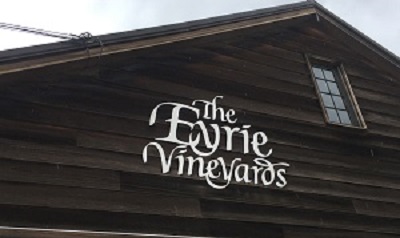 Stock’s pick of Eyrie Original Vines Pinot Noir 2016 as Oregon’s Dundee Hills example was a great choice. Made by Jason Lett, it is based on his father David Lett’s first Pinot Noir vines planted in Oregon in 1965 on a tight compact site with shade from Douglas Fir forests around. There is no other wine which sums up Oregon’s spice, subtlety, balance and forward fruit style so well. With light perfumed bouquet, spice, rich fruits and silky spice character coming from the red Jory volcanic soils.
Stock’s pick of Eyrie Original Vines Pinot Noir 2016 as Oregon’s Dundee Hills example was a great choice. Made by Jason Lett, it is based on his father David Lett’s first Pinot Noir vines planted in Oregon in 1965 on a tight compact site with shade from Douglas Fir forests around. There is no other wine which sums up Oregon’s spice, subtlety, balance and forward fruit style so well. With light perfumed bouquet, spice, rich fruits and silky spice character coming from the red Jory volcanic soils.
Ribbon Ridge in Oregon is one of Willamette Valley’s warmest sites with Willakenzie soils giving Oregon’s biggest styles. Sequitor The Union Pinot Noir 2016 had initial fresh acid, but with sweet plush fruits, glycerol texture and fine tannic structure – a big compact wine with a slightly green edge perhaps from vine stress in such a warm vintage.
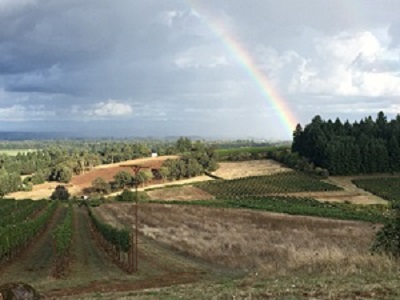 In southern Willamette Valley’s Eola-Amity Hills an area now attracting attention from outside investors, Stock chose Evening Land Seven Springs Pinot Noir 2016 made by Californian investor/winemaker Rajat Parr. Cassis and liquorice nose, darker fruits, tea sanguine salty & smoky notes, good acid and tension – it shows that Seven Springs vineyard (pictured) with its shallow volcanic soils can cope in a baking hot vintage.
In southern Willamette Valley’s Eola-Amity Hills an area now attracting attention from outside investors, Stock chose Evening Land Seven Springs Pinot Noir 2016 made by Californian investor/winemaker Rajat Parr. Cassis and liquorice nose, darker fruits, tea sanguine salty & smoky notes, good acid and tension – it shows that Seven Springs vineyard (pictured) with its shallow volcanic soils can cope in a baking hot vintage.
My conclusion was that Oregon perhaps had more forward fruit, earlier drinking, more subtle styles of Pinot Noir with a herbal edge – whereas New Zealand wines were more opulent with bright fruit in an almost Aussie style for some – perhaps not surprising as many Kiwi winemakers train in Australia.
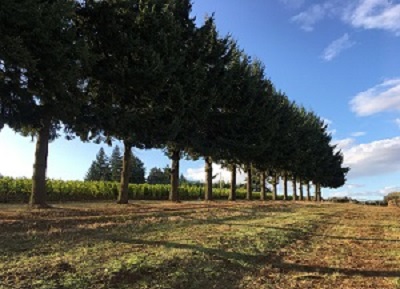 One big difference was in price, with New Zealand Pinot Noirs generally more accessibly priced than Oregon. “That is because the majority of Oregon producers can sell to the domestic market, so they are not so interested in global representation”, says Stock. “So yes, New Zealand certainly beats us on price and that is an exchange rate & tarrif issue”.
One big difference was in price, with New Zealand Pinot Noirs generally more accessibly priced than Oregon. “That is because the majority of Oregon producers can sell to the domestic market, so they are not so interested in global representation”, says Stock. “So yes, New Zealand certainly beats us on price and that is an exchange rate & tarrif issue”.
Quality-wise both these young Pinot Noir areas are making their mark – with some super-stars like New Zealand’s Valli and Oregon’s Eyrie currently ahead of the field.
NEW ZEALAND PINOT NOIR
Marlborough: TE WHARE RA PINOT NOIR 2016
£28 www.lescaves.co.uk
Martinborough: CRAGGY RANGE AROHA PINOT NOIR 2016
£53 www.jeroboams.com
Central Otago: VALLI BANNOCKBURN PINOT NOIR 2017
£42.50 www.thevinorium.co.uk ***STAR BUY***
OREGON PINOT NOIR
Dundee Hills: EYRIE ORIGINAL VINES PINOT NOIR 2016
£80 www.savageselection.co.uk ***STAR BUY***
Ribbon Ridge: SEQUITOR THE UNION PINOT NOIR 2016
£75 www.abvintners.co.uk
Eola-Amity Hills: EVENING LAND SEVEN SPRINGS PINOT NOIR 2016
£39 www.indigowine.com www.forestwines.com
Join Rose’s Meet the Winemakers : Virtual Wine Tastings in the comfort of your own home www.rosemurraybrown.com
wine tastings
The perfect gift for the wine enthusiast in the family. Rose does In-person tastings too.
cellar advice
Rose does cellar valuations for private clients, valuations for insurers & bespoke portfolio management.
Related stories
March 31, 2024
By Rose Murray Brown MW Published in The Scotsman 30 March 2024 On 2 February 1659, the first wine made from grapes grown in South Africa was crafted by the Governor of the Cape, Jan van Riebeeck. He had planted vines four years earlier in the Company’s Garden near Cape Town from cuttings imported from France. Van Riebeeck’s first
March 24, 2024
By Rose Murray Brown MW Published in The Scotsman 16 March 2024 Heatwaves and bushfires were very much on the agenda when I visited Chile last month as winemakers prepared for their 2024 harvest in blistering heat and drought, with a plume of smoke from the devastating fires lingering over coastal hills. Heat and drought are the greatest challenges
March 23, 2024
By Rose Murray Brown MW Published in The Scotsman 9 March 2024 I have two glasses of Malbec in my hands from the same high-altitude vineyard in Uco valley in Argentina. I am in the Catena Institute of Wine in Mendoza with winemaker Agustin Silva. He has asked me to taste the two wines, both from the 1500m high



